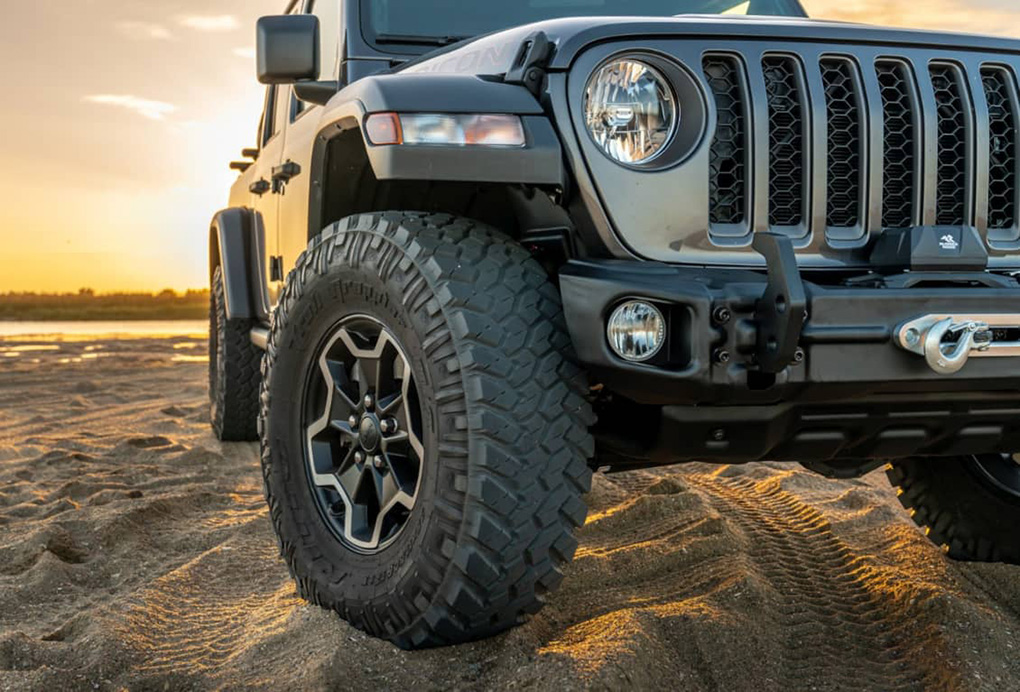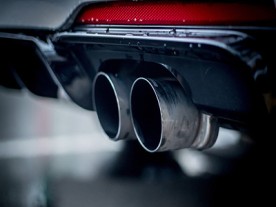Wheel spacers are aftermarket accessories used to increase the track width of a vehicle by creating more space between the wheel hub assembly and the wheel. While they can enhance the appearance and performance of a vehicle, it is important to understand the legal aspects surrounding their use. This article aims to explore the regulations and restrictions associated with the use of wheel spacers.

Before delving into the legal aspects, it is crucial to address the safety concerns associated with wheel spacers. When improperly installed or used incorrectly, wheel spacers can compromise the stability and handling of a vehicle. It is essential to ensure that the correct spacers are chosen and installed by professionals according to manufacturer guidelines to maintain safety.
Legal Considerations:
1. Vehicle Inspection and Modification Laws:
- Many jurisdictions require vehicles to undergo periodic inspections to ensure their roadworthiness. Modifications such as wheel spacers may need to be declared and approved during these inspections.
- Depending on the region, exceeding the maximum allowable track width specified by law might result in the vehicle being deemed non-compliant and subject to penalties or even impoundment.
2. Regulatory Frameworks:
- Different countries and regions have specific regulations governing vehicle modifications, including wheel spacers. It is important to consult the relevant authorities or legal resources to understand the specific rules applicable in your area.
- Some jurisdictions may prohibit the use of wheel spacers entirely, while others impose restrictions on their dimensions or materials.
3. OEM Specifications and Warranties:
- Original Equipment Manufacturers (OEMs) provide specifications for vehicles, including wheel sizes and offsets, which are carefully calibrated for optimal performance and safety. Altering these specifications with wheel spacers may void the vehicle's warranty.
Before installing wheel spacers, it is advisable to consult the vehicle's manufacturer or authorized dealers regarding any potential impacts on warranties or guarantees.
4. Liability and Insurance:
- In the event of an accident, insurance companies may consider vehicle modifications when assessing liability and claims. Failure to comply with legal requirements or manufacturer specifications could impact insurance coverage.
- It is essential to inform your insurance provider about any modifications, including the use of wheel spacers, to ensure proper coverage in case of an incident.
Conclusion
While wheel spacers can offer aesthetic and performance benefits, it is crucial to navigate the legal landscape surrounding their use responsibly. Safety should always be the primary consideration, and compliance with regulations and manufacturer guidelines is paramount. By understanding and adhering to the legal aspects governing the use of wheel spacers, vehicle owners can enjoy these modifications while ensuring their own and others' safety on the road.








